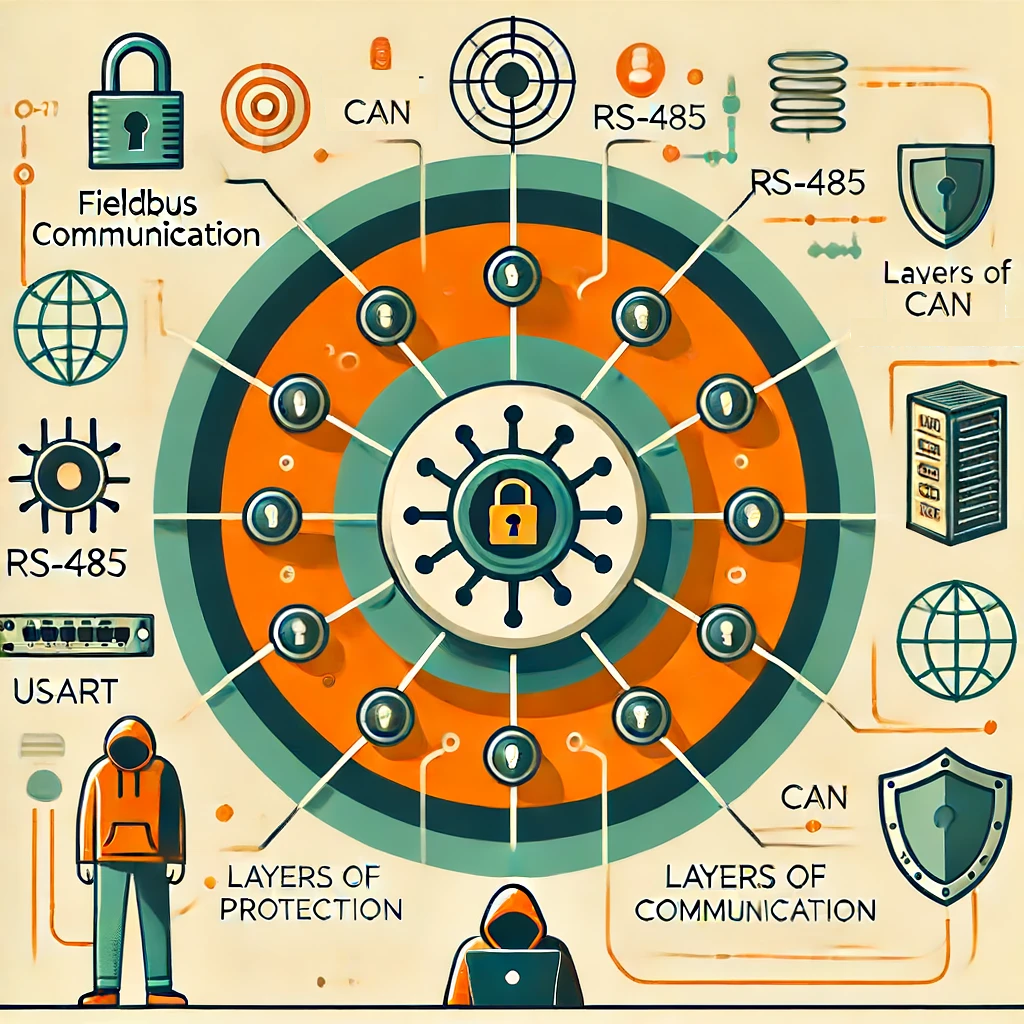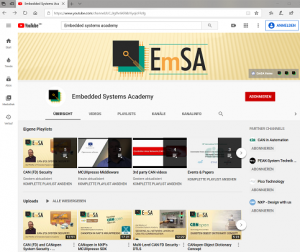Securing Small-Packet Network Communication: Status August 2024
In a blog entry from last year, we announced a “Two-year project for security of CANopen and other small-packet networks.” It is now time to give you an update on where we are with our SPsec (Securing Small-Packet Networks) project.
It comes as no surprise that adding security to small-packet networks like CAN, I2C, LIN, Modbus, and other fieldbuses is a challenge. The small-packet sizes offer only limited space for security information like an authentication tag and often, these networks are handled by microcontrollers with limited computational and memory resources. We are now aiming at protecting all communication in such a network when our initial goal was to protect only selected communication channels. The reason here is that for many industrial applications, recent acts and regulations like the European Cyber Resilience Act (CRA) will require security-by-design in the near future. For several use cases, they will also request that all data at rest and in motion is both authenticated and encrypted.
We defined the following SPsec key points and cryptographic primitives:
- Minimal hardware requirements of participating MCUs
- Cryptographic functions used
- Point-to-point security for configurations or communications with an limited amount of communication channels
- Time-based rolling key derivation for automated refreshing of keys
- Group security for multicast network technologies like CAN
For more detailed information see our white paper “Cybersecurity Primitives for Small-Packet Networks“.
Our first proof-of-concept implementation will be based on the PCAN-Router FD from PEAK-System. These devices have two CAN (or CAN FD) interfaces from which we use one for unprotected communication from a host system. The router implements a SPsec sub layer and uses the second interface for the secure communication. This allows for easy test and debugging, as there will be one CAN bus with the protected and one with the unprotected communication allowing a direct comparison.
Later the SPsec sub layer will be added to our Micro CANopen source code and integrated into various CANopen or CANopen FD devices for further testing.
Stay informed by following this blog or our linkedin page for up-to-date developments.
 Deutsch
Deutsch English
English







 Learn about our current product range for embedded systems
Learn about our current product range for embedded systems


 Embedded Networking with CAN and CANopen. Your technology guide for implementing CANopen devices.
Embedded Networking with CAN and CANopen. Your technology guide for implementing CANopen devices. Implementing scalable CAN security. Authentication and encryption for higher layer protocols, CAN and CAN-FD
Implementing scalable CAN security. Authentication and encryption for higher layer protocols, CAN and CAN-FD